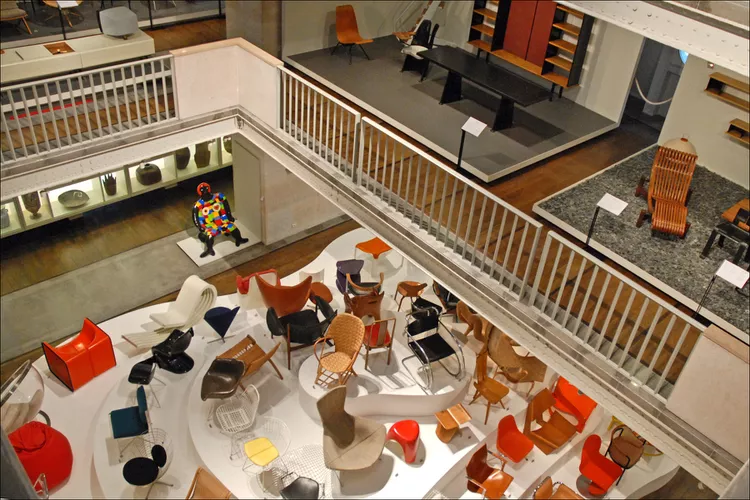Summary
Museum Introduction
Housed in a building adjoining the Louvre Museum, the Musée des Arts Décoratifs (Decorative Arts Museum) boasts some 150,000 works of decorative art, including ceramics, glass, jewelry, and toys. The collection traces decorative arts across history, beginning with the medieval period, and civilizations, from Europe to the Middle East and far Orient.
Visitors interested in expanding their knowledge of artistic practices to the decorative arts will find a wealth of information in this underrated museum’s large collections. You might think about paying a visit after a whirl at the Louvre. Two other museums, the Fashion and Textiles Museum and Publicity Museum, share the same building, and a single ticket grants access to all three.
Location and Contact Information
The museum is located in the posh 1st arrondissement (district) of Paris, right in the heart of the Louvre-Rivoli Neighborhood, near the Palais Royal and the Louvre. Attractions nearby include the Champs-Elysees Neighborhood, Opera Garnier, Grand Palais and The St-Jacques Tower, which is an early Renaissance marvel in central Paris.
The address is 07 Rue de Rivoli, 75001 Paris, France. To get there via the Metro, take the Louvre-Rivoli or Palais Royal-Musee du Louvre (Line 1).
Opening Hours and Tickets
For hours and admission info, visit the official website.
Admission to the permanent collections and displays can be found by checking current prices here. Entry is free for European Union citizens under the age of 26.
A ticket permits entry to the adjoining Fashion and Textile Museum and Publicity Museum as well.
Highlights of the Permanent Collection
The permanent collection at the Decorative Arts Museum includes approximately 150,000 objects hailing from various periods and civilizations. Around 6,000 of these are displayed at a given time, with curators focusing on the craftsmanship and “savoir-faire” of the artists, craftsmen, and industrial makers who designed these objects. A wide array of materials and techniques are highlighted, ranging from shark’s skin to wood, ceramics, enamel, and plastic. The objects encompass everything from vases to furniture, jewelry, clocks, cutlery, and even dollhouses.
The collections are essentially divided into two distinct pathways. The first provides a chronological overview of decorative art techniques and styles from the medieval period to the present day. Particular emphasis is placed on science and technology, exploring how advancements in these areas have influenced decorative arts in recent years. In recent years, the exhibition space for the 19th-century collections (1850–1880) and the 20th-century collections has doubled, reflecting the dynamism of the field.
The collection is further categorized into 10 rooms based on chronological periods and specific themes, which include:
- Objects from the Medieval/Renaissance period: including items classified as “international gothic” and from the Italian Renaissance.
- 15th–18th century objects: Emphasizing the secrets of porcelain-making.
- The 19th century: Notable highlights include a room dedicated to the “bourgeois bed chamber” and the exploration of “bad taste.”
- Art deco/art nouveau design: Rooms dedicated to the styles in furniture, architecture, and fashion
- Modern/contemporary objects and design: From the 1940’s to today, showcasing exciting developments in modern design.
- Toy gallery: A delightful area for children that highlights toymaking from the mid-19th century to present day.




